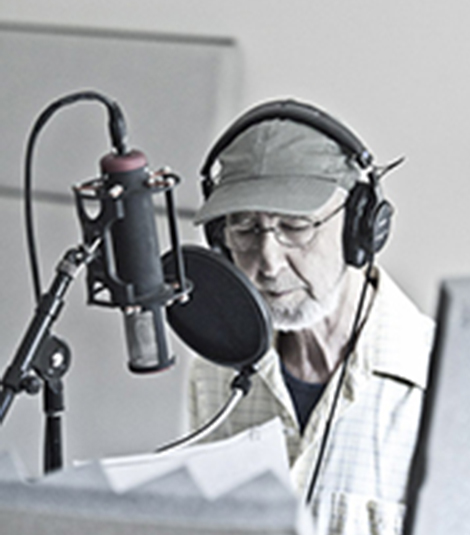“Maybe it’s something in the water,” I said, as a joke at first. But as I thought about it, I began to realize that maybe it is all the water around here that makes jazz from the Pacific Northwest as distinct as its landscape and culture.
That was the starting point, anyway, for Rhythm in the Rain: Jazz in the Pacific Northwest, when I began research in early 2014. And at first it seemed impossible: comb through one hundred years of history to show how the geography and the communities that grew up here shaped the character of the jazz scene? And explain, in this place so far removed from the centers of influence and power, why such a robust scene developed?
Fortunately, without realizing it I’d been working on this book ever since 1979, when I wrote my first magazine article about local jazz. And for the next thirty-five years, I covered people and events important to the story. That was a good start, since I’d saved a good portion of everything I’d written. And since I’d been editor of the Jazzscene magazine for years, I had a stack of those to consult too. I’d collected other publications as well, and those dusty piles yielded details that are hard to keep in memory.
I’d been lucky enough to record many of my conversations with musicians and others in the jazz business, and I’d kept airchecks from my radio shows, too, on which I’d interviewed dozens of artists. Then I conducted numerous interviews to fill the gaps. But most of my subjects were from the Portland area, where I live.
So north I went to Puget Sound, where I’d visited frequently in my childhood and during several periods since. I’d been writing for a Seattle magazine over the years, too, and had read all I could in others. But the Puget Sound scene is vast, and if it hadn’t been for the help of Paul de Barros (and his book, Jackson Street After Hours), I would have been lost. He spent hours answering questions about people and events from his nearly thirty years covering music for The Seattle Times.
As vital as all those words were, you can’t write about jazz without listening to the music. And as a journalist and radio host, I’ve been able to hear nearly every jazz album that’s come out of the region; as a journalist, I attended live performances by many of the artists active since the 1970s.
No matter how much information you gather, though, there’s always someone else to talk to, another artist to consider. But the need to tell the story trumps completeness, and in the end I put what I had all together into a story about a happy marriage between people and place and the distinct musical culture it produced.
It’s but one story you could tell about this under-documented subculture, and in someone’s eyes, you’ll always be wrong—a lesson I learned from the legendary Red Rodney, who played with Charlie Parker and had a colorful history, which I figured everybody’d want to read about.
But when I got to the club, the short, red-headed trumpeter player stormed up, angry that my article had dredged up tales he said weren’t true, though I’d confirmed, and at the end of his rant he yelled, “You don’t know shit!”
So when I was attempting to wrestle the one-hundred-year panorama of jazz in the Pacific Northwest into the picture I wished to paint, I remembered Red.
And then I went ahead anyway. That’s what living in the Pacific Northwest will do for you. Must be something in the water.
Don’t miss Lynn Darroch’s second blog post this Wednesday.

